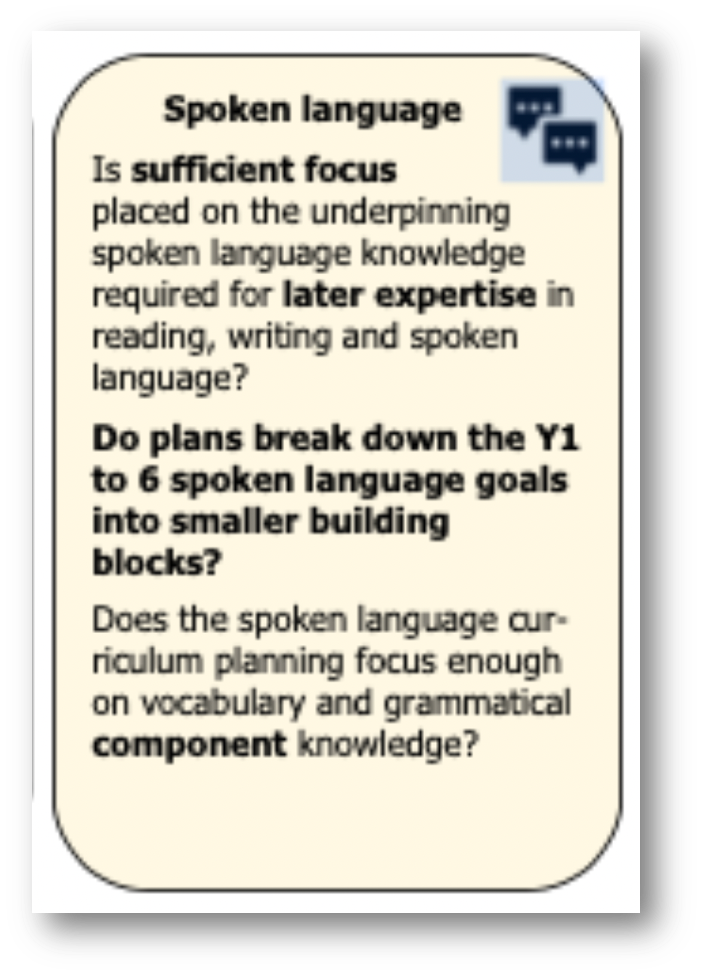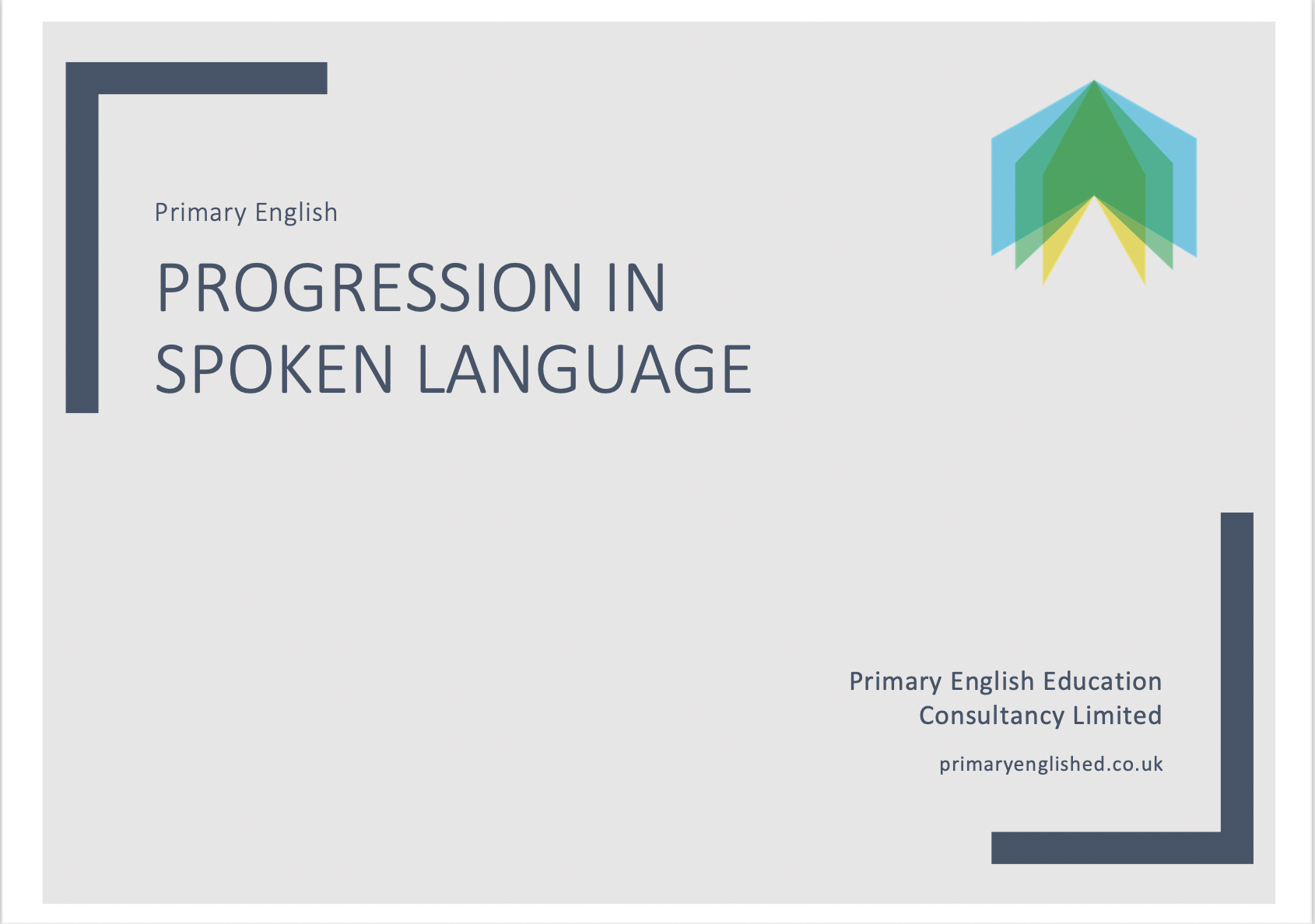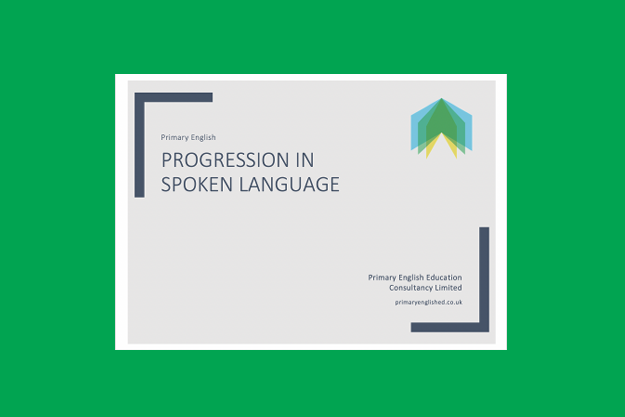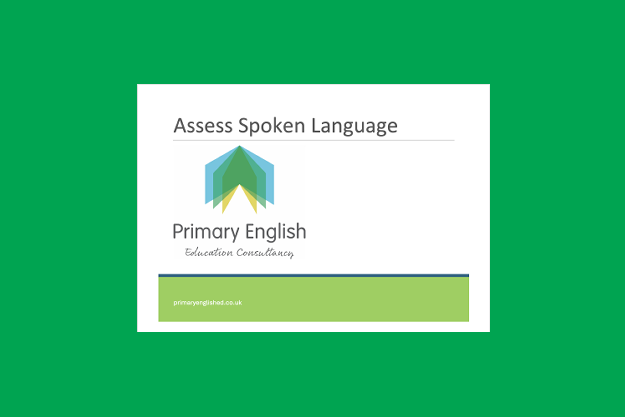Progression in spoken language
This article was first published 7th February 2023 and updated 1st July 2025 to include our resource Assess Spoken Language.
The Primary English Progression in Spoken Language document is a new resource recently added to the Primary English website. It’s been a while in the making, and I’m not ashamed to say that there were moments when it tested me. It is this level of challenge that I think makes it such a valuable and useful addition to the suite of progression documents. Because, when things are hard to do, they’re generally worth doing.
Creating a progression through spoken language is something that I’ve been meaning to do for a while. If it were not for the Ofsted Inspector Primary English aide-memoire document that was shared by teachers in the autumn of 2022, I may still not have created this document. If you’re wondering why, it’s this particular statement:
“Do plans break down the Y1 to 6 spoken language goals into smaller building blocks?”
On reading, this I thought about many of the schools in my network and asked myself: Do they have planning that breaks down the national curriculum spoken language objectives? Consequently, I knew it was time to create something to help them.
The Primary English Progression in Spoken Language document takes each of the twelve spoken language objectives from the national curriculum and breaks them down into year group steps, meaning that whether speaking audibly (for example), or with increasing command of Standard English, teachers can get a sense of how those objectives look different across the primary age range.
Each year group step is supported with examples of language features or classroom activities, to help illustrate what it looks like in practice. These are presented progressively from year 1 to year 6 and also in year group grids so teachers get a sense of what spoken language looks like across the school and within their own year group.
The Primary English Progression in Spoken Language document is tied closely to the national curriculum. It’s designed to help teachers unpick the national curriculum objectives and to ensure they are covered in their units of work. I’m confident that it supports teaching and learning and that the effort it took me to make it, helps teacher in their day to day work.
Added in June 2025, Assess Spoken Language.
If you liked this article, you may also be interested in this one:







